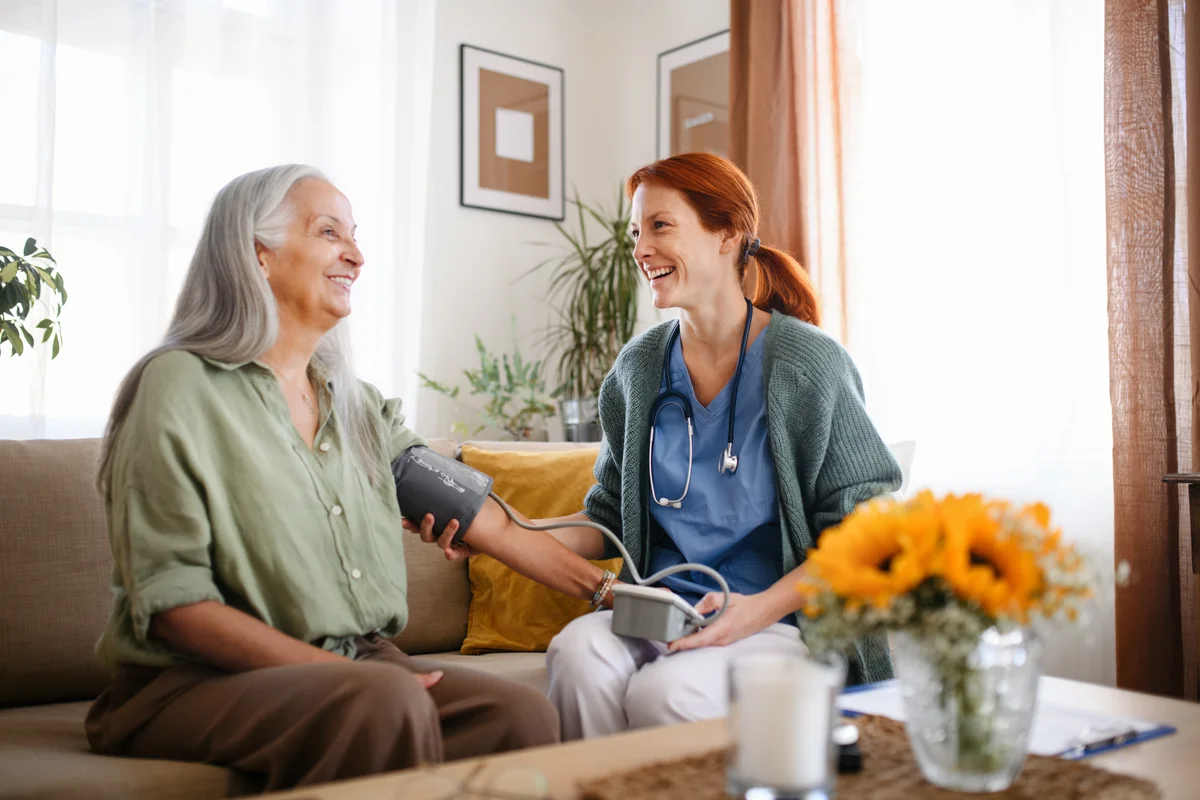Patient Safety Awareness Week is a great time to reflect on the current state of your facility. What are you doing well? Where can you improve? What action plan is needed to be successful in keeping your residents safe? The Joint Commission’s Nursing Care Center National Patient Safety Goals can be used to guide your evaluation.
Identify Residents Correctly
Wrong-resident errors occur in all aspects of care delivery. A nurse bypasses resident identification when administering medications because she is familiar with the resident. She administers the wrong medication, resulting in the hospitalization of the resident. A CNA does not check the resident’s identification in comparison with the tray card ticket when serving the dinner tray because she” knows” the resident. The resident subsequently receives the wrong meal and is found choking on the food. These are just two examples of the countless effects that failing to properly identify residents can have on outcomes. Take time to audit your staff processes for resident identification. Identify and bridge your gaps to help reduce harm.
Use Medications Safely
A resident is being admitted from an acute care facility. What is your process for medication reconciliation? The resident is on anticoagulation therapy. What is your protocol for laboratory monitoring and dose adjustment? Residents often have complex comorbidities, requiring significant medication management. Proactively evaluating your facility’s practices can reduce the likelihood of harm to your residents.
Prevent Infection
Handwashing is a simple, effective way to prevent the spread of infection. Yet staff often miss opportunities in hand hygiene. Evaluate your facility’s hand hygiene practices. Do you follow the CDC or WHO hand cleaning guidelines? Do you track data and set goals? Making small changes in hand hygiene practices can go a long way in improving outcomes.
Prevent Residents from Falling
A newly admitted resident was not assessed for fall risk. He fell the next day and sustained a hip fracture. Examples like this are often reality. Look at your facility’s fall risk assessment protocol. Are all your residents periodically assessed? Are care plans updated accordingly? Answering these few questions can help you determine opportunities for improvement.
Prevent Bed Sores
A resident was assessed to have a stage II pressure injury. His care plan and interventions were not updated accordingly. Within one week, the pressure injury progressed to stage IV. This scenario is preventable. Evaluate your pressure injury prevention and assessment processes. Are your residents periodically assessed? Are pressure injury treatment plans being followed? Understanding the current state and identifying gaps will improve your pressure injury processes.
Now What?
After evaluating the current state of your facility, it is time to act. Celebrate small wins with your team. Identify areas of improvement. Conduct RCAs for any significant issues. Develop SMART goals to help achieve your outcomes. Monitor your progress as you work to achieve your goals. Taking steps now to mitigate your risk will help you achieve and maintain a state of survey readiness.


